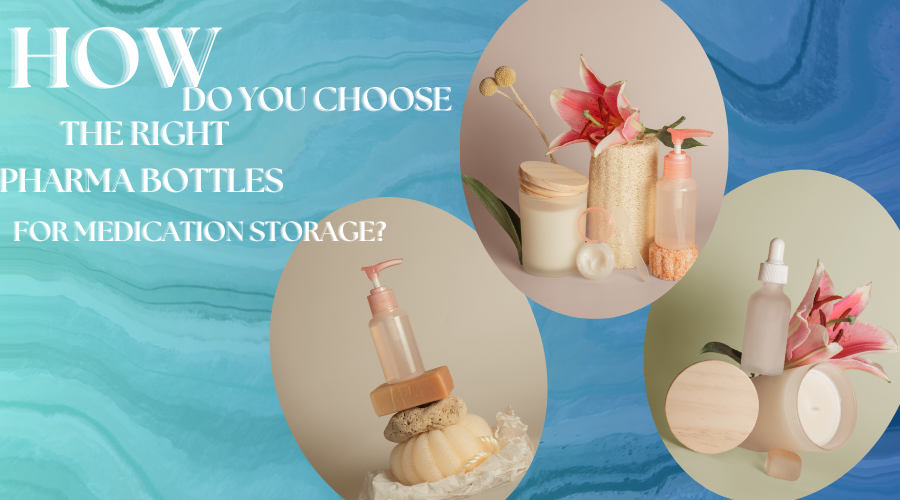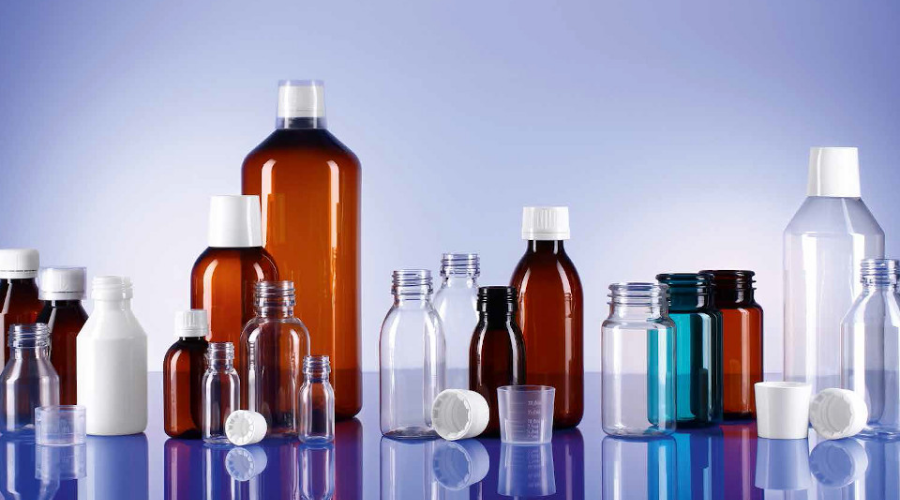


Set out on a journey into pharmaceutical packaging, where selecting the appropriate pharma bottles is critical to ensuring medicine integrity. This guide delves into choosing the best container for your pharmaceutical needs.
Unravel the importance of proper medication storage and the impact of pharma bottle selection on maintaining drug efficacy. Dive into the various factors that contribute to the longevity and stability of medications.
Choosing between plastic and glass bottles is often the first consideration when selecting pharmaceutical packaging. Each material offers distinct advantages and drawbacks:
When choosing between plastic and glass bottles, consider the specific requirements of the medication, as well as factors such as storage conditions, transportation, and regulatory compliance.
Selecting the appropriate size and capacity of pharmaceutical bottles is essential to accommodate the prescribed dosage and ensure efficient storage and dispensing. Consider the following factors when determining the bottle size:

Maintaining the integrity and safety of pharmaceutical bottles largely depends on the type of closure used. Standard closure options include screw caps, child-resistant caps, dropper assemblies, and tamper-evident seals. Consider the following factors when selecting the closure type:
Security: Choose closures with adequate sealing to prevent leakage, contamination, and tampering. Child-resistant caps are essential for medications that pose a risk of accidental ingestion, especially for pediatric patients.
Dispensing Method: Consider the intended method of medication administration when selecting closure types. Dropper assemblies are suitable for liquid medications requiring precise dosage measurement, while screw caps are more appropriate for solid dosage forms such as tablets or capsules.
Regulatory Requirements: Ensure the selected closure type meets all applicable regulations, especially from the Food and Drug Administration (FDA) or other regulatory bodies.
Proper labeling and branding of pharmaceutical bottles are critical for ensuring patient safety, regulatory compliance, and brand recognition. When designing labels for medication storage bottles, include the following essential information:
Medication Name and Strength: Clearly state the medication's name and strength to avoid confusion and ensure accurate dosage administration.
Dosage Instructions: Provide clear and concise dosage instructions, including frequency, quantity, and administration route, to guide patients and healthcare professionals.
Expiry Date and Lot Number: Include the expiry date and lot number for traceability, quality control, and regulatory compliance.
Storage Conditions: Indicate the recommended storage conditions, such as temperature and humidity, to maintain medication stability and efficacy.
Manufacturer Information: Include the manufacturer's or distributor's name and contact details for accountability and reference.
Ensuring compliance with pharmaceutical regulations is paramount for patient safety and legal adherence.
Remember all the rules and regulations described by your country's regulatory authorities, such as the US Food and Drug Administration (FDA). Understanding these guidelines is crucial for manufacturing, labeling, and distributing pharmaceutical products.
If your pharmaceutical products have a global market, explore international standards for pharmaceutical packaging. Compliance with international regulations broadens the reach of your products.
Implementing robust quality assurance practices is fundamental to pharmaceutical packaging.
Establish stringent quality control protocols throughout the manufacturing process. This includes checks for material integrity, closure functionality, and adherence to safety features.
Conduct regular audits of pharma bottle suppliers to ensure they meet or exceed quality and safety standards. A reliable supply chain is essential for consistent product quality.
They address the frequently asked questions surrounding pharmaceutical bottle selection. From the compatibility of certain medications with specific materials to storage best practices, these FAQs provide practical insights for users.
Can I use any pharma bottle for any medication?
Understand the compatibility of medications with different pharma bottle materials and designs.
Are plastic pharma bottles as safe as glass ones?
Explore the safety considerations and benefits of both glass and plastic pharma bottles.
How do I ensure child safety in medication storage?
Uncover the features that make pharma bottles child-resistant and tips for additional safety measures.
Can I repurpose pharmaceutical bottles?
Learn about the hazards and benefits of repurposing pharmaceutical bottles for various purposes.
Choosing suitable pharma bottles involves a multifaceted decision-making process. Pharmaceutical companies can make informed choices that prioritize medication safety and patient well-being by considering the material properties, design features, eco-friendliness, specialized treatments, size considerations, and regulatory compliance. This comprehensive approach ensures that the selected pharma bottles align with immediate packaging needs and broader concerns of sustainability, safety, and global regulatory standards.